Why Korean Festivals Are Worth Experiencing
Festivals in Korea are more than just events – they are celebrations of nature, history, and community. Each season offers something special, whether it’s spring blossoms, summer beaches, autumn harvests, or winter ice. Attending a Korean festival lets you see how tradition and modern fun blend into one unforgettable experience.
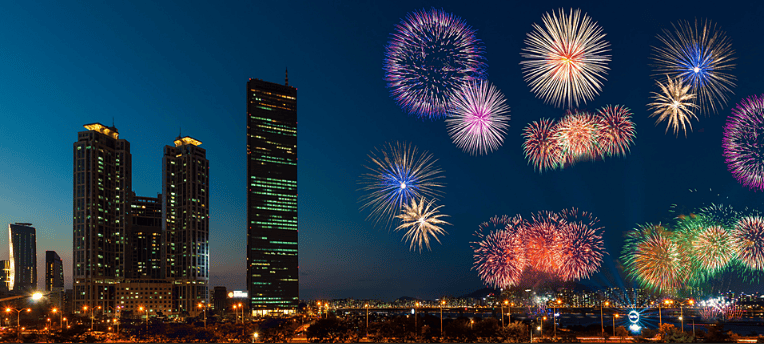
Seasonal Festivals Across Korea
봄 – 진해 군항제 (Jinhae Cherry Blossom Festival)
Every spring, Jinhae transforms into a sea of pink and white blossoms. With over 350,000 cherry trees, the city becomes one of the most picturesque spots in Korea. Parades, performances, and photo-worthy views attract millions of visitors.
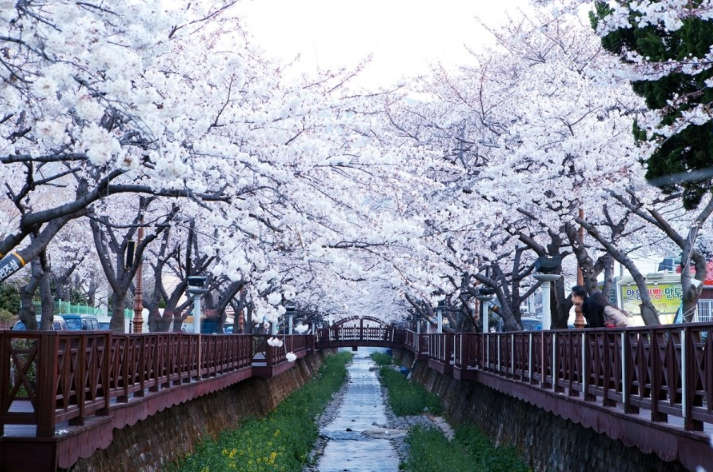
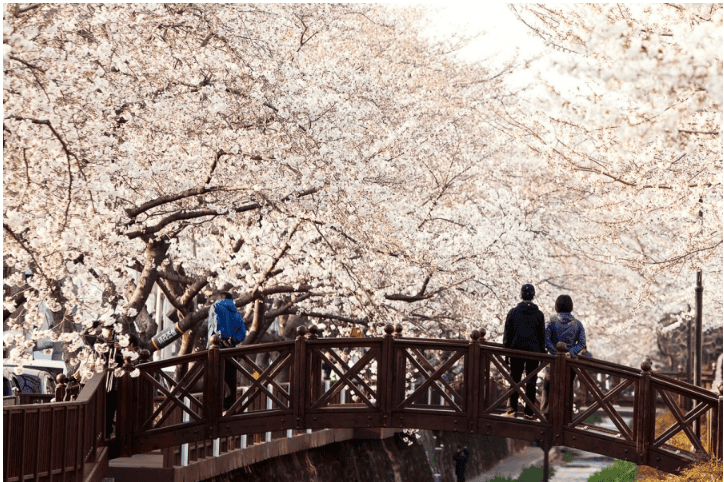
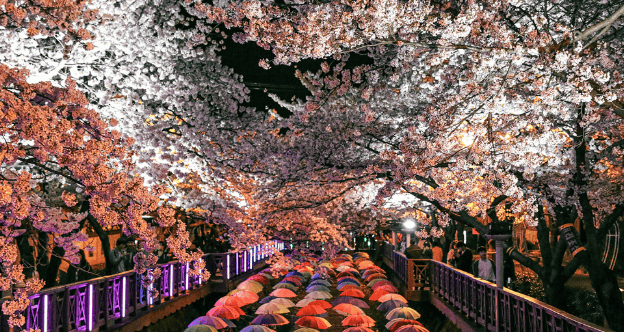
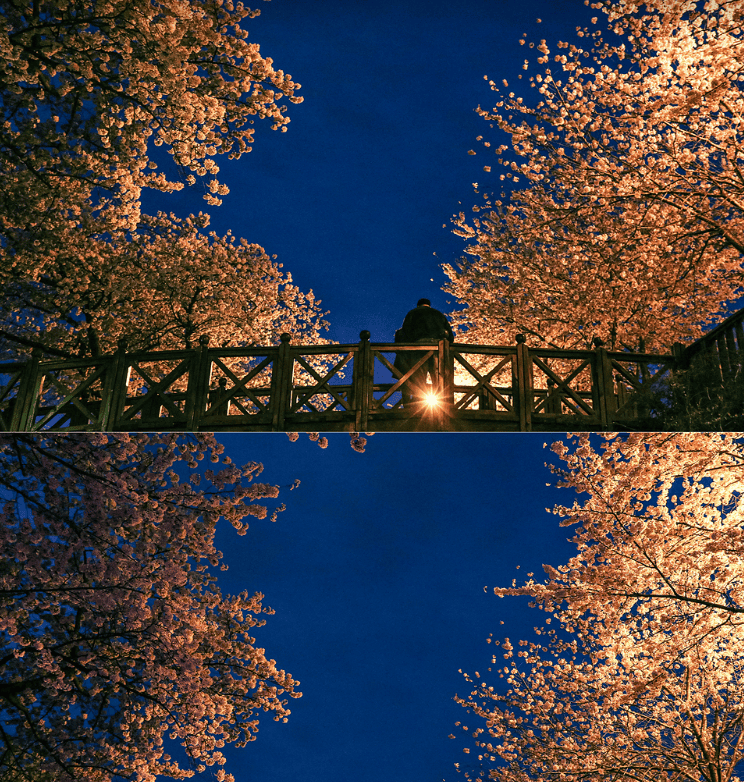
여름 – 보령 머드축제 (Boryeong Mud Festival)
Held on Daecheon Beach, this festival is famous for mud wrestling, mud slides, and beach parties. What started as a marketing event for mineral-rich mud cosmetics has become one of Korea’s most popular summer events.
가을 – 안동 국제탈춤페스티벌 (Andong Mask Dance Festival)
This autumn festival showcases Korea’s traditional mask dances (talchum), cultural performances, and international folk art. It’s both entertaining and educational, offering a glimpse into Korea’s heritage.
겨울 – 화천 산천어축제 (Hwacheon Sancheoneo Ice Festival)
In winter, Hwacheon’s frozen rivers become playgrounds for ice fishing, sledding, and winter games. The highlight is catching fresh mountain trout through the ice.
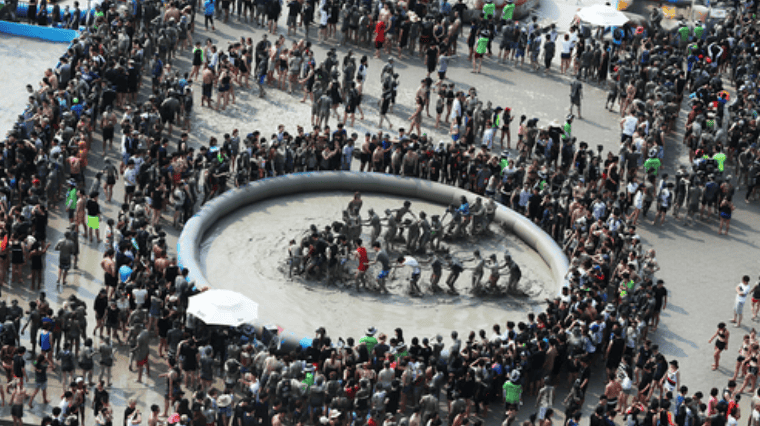
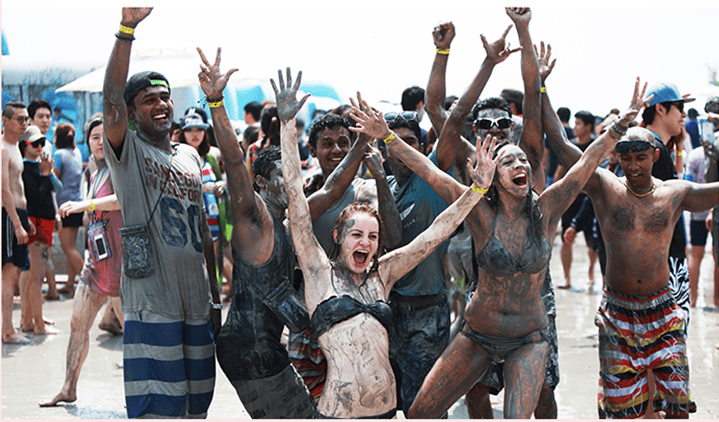

Traditional Korean Festivals
설날 (Seollal – Lunar New Year)
Seollal is one of the most important traditional holidays in Korea. Families gather to honor ancestors, play folk games, and enjoy a grand feast that includes tteokguk (rice cake soup). Eating this soup symbolizes gaining wisdom and turning a year older.
추석 (Chuseok – Harvest Festival)
Chuseok, often called “Korean Thanksgiving,” celebrates the autumn harvest. Families visit ancestral graves, prepare traditional foods like songpyeon (half-moon rice cakes), and share gratitude for the year’s blessings.
단오 (Dano Festival)
Dano, held on the fifth day of the fifth lunar month, includes folk games, swing rides, and hair-washing rituals with sweet flag water believed to promote health and beauty.
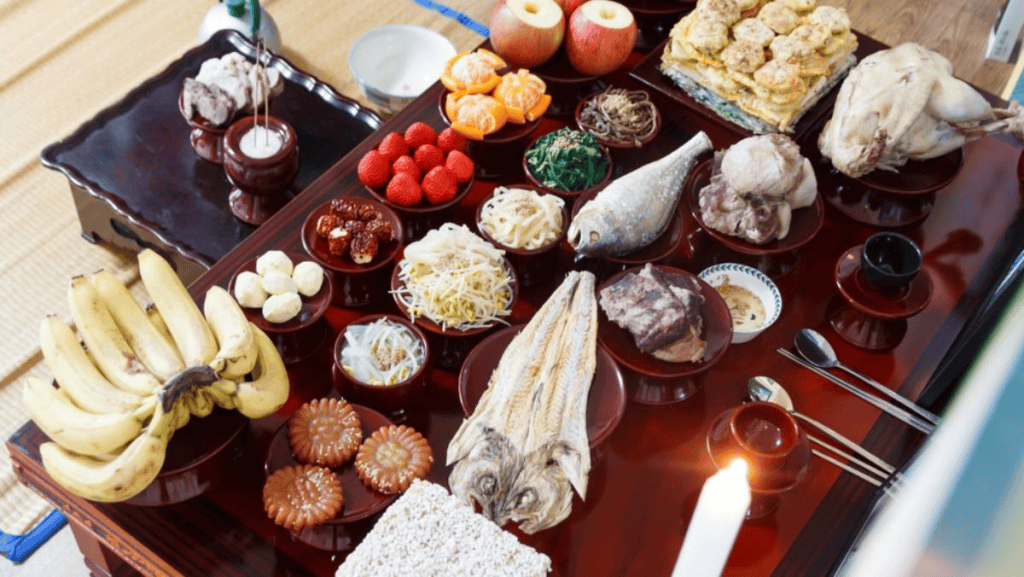
Modern Cultural Festivals
부산국제영화제 (Busan International Film Festival)
As Asia’s premier film festival, BIFF attracts global filmmakers, stars, and fans. It showcases world cinema while celebrating Korea’s growing role in the film industry.
서울재즈페스티벌 (Seoul Jazz Festival)
Held every spring, this festival gathers world-class jazz musicians and Korean artists in Seoul’s Olympic Park, creating a vibrant fusion of sounds.
울산 세계뮤직페스티벌 (Ulsan World Music Festival)
This event celebrates global sounds, bringing together performers from across the world to share music, dance, and culture.
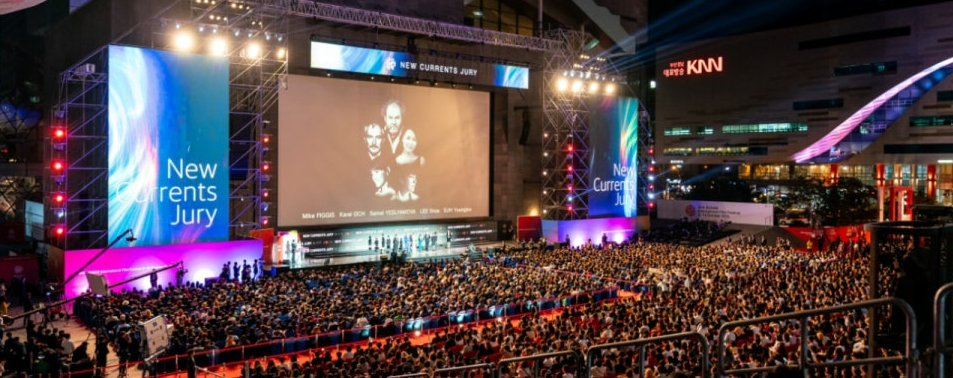
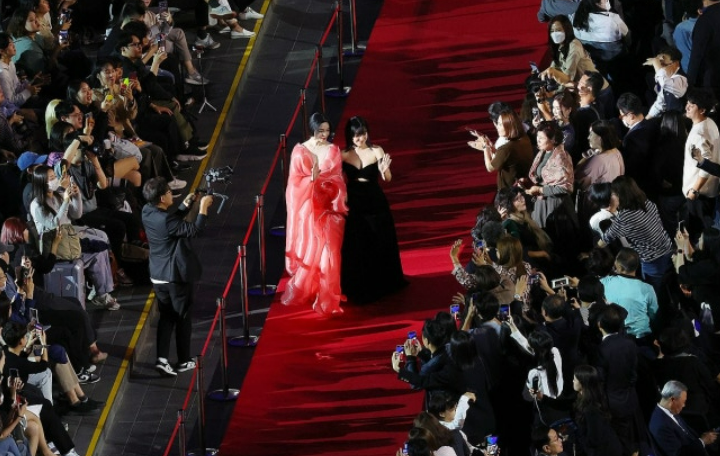
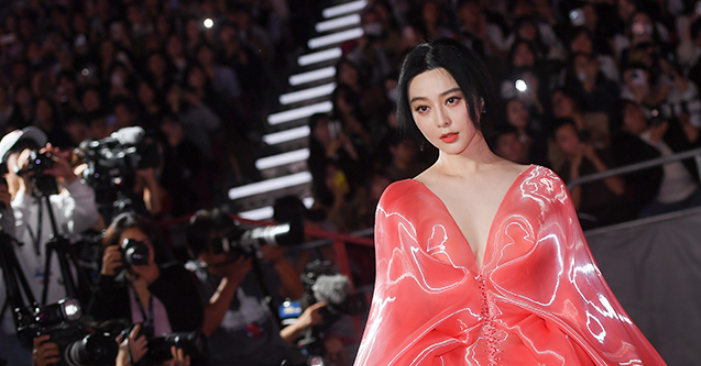
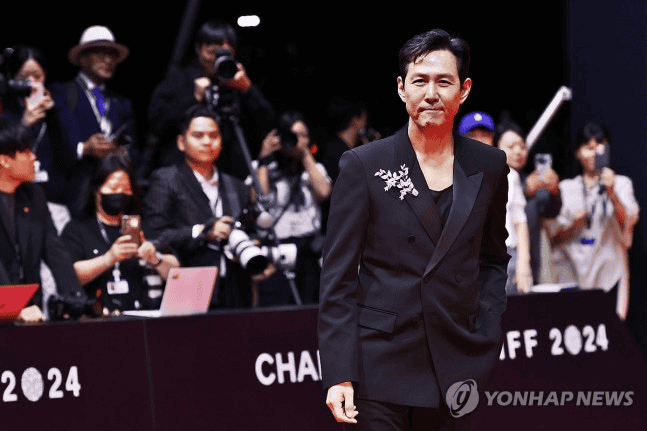
Festival Food and Experiences
Festivals in Korea aren’t just about performances – food is central to the fun. At a festival, you might enjoy hotteok (sweet pancakes), skewered fish cakes, or fresh seafood by the coast. Street vendors set up stalls selling snacks that perfectly match the festive mood.
Experiences also vary: you might join a lantern parade during Buddha’s Birthday, dance with locals in Andong, or even take part in mud wrestling at Boryeong.
Tips for Travelers Attending Korean Festivals
- Plan Ahead: Many festivals attract large crowds, so book accommodations early.
- Check Schedules: Festival events can change depending on weather or local traditions.
- Try the Food: Don’t miss out on unique local specialties.
- Respect Traditions: Some festivals have spiritual or cultural significance – be mindful.
- Join the Fun: Festivals are about participation, so don’t be shy to dance, play, or taste.
How Festivals Reflect Korean Spirit and Community
Korean festivals highlight the country’s deep connection to nature, history, and community life. From honoring ancestors at Seollal to dancing in the streets of Andong, festivals show how Koreans balance tradition with joy.
They are moments of unity where locals and travelers celebrate together, reminding us that festivals are not just events, but living expressions of Korea’s cultural soul.
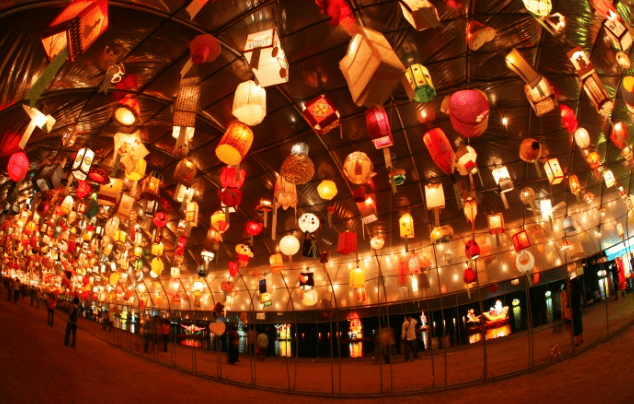
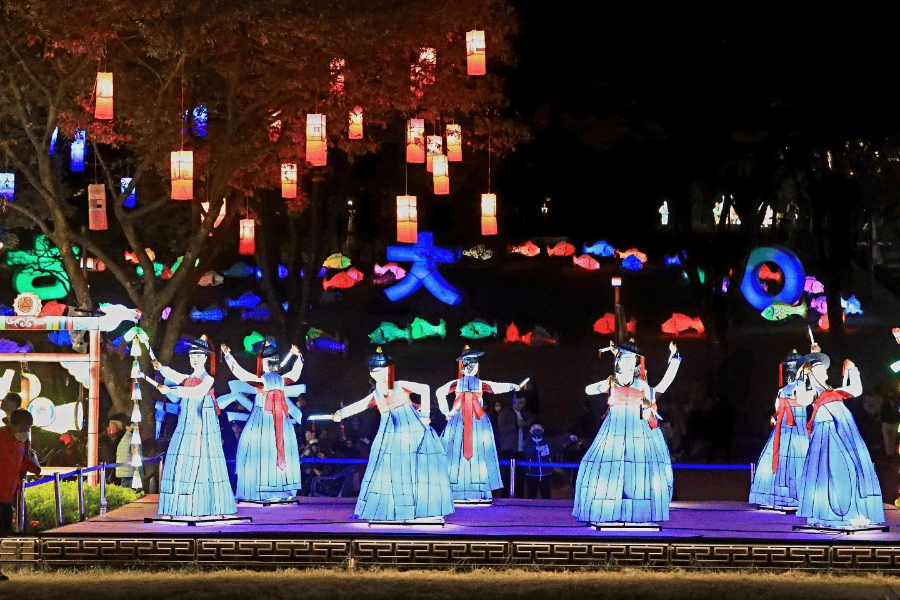
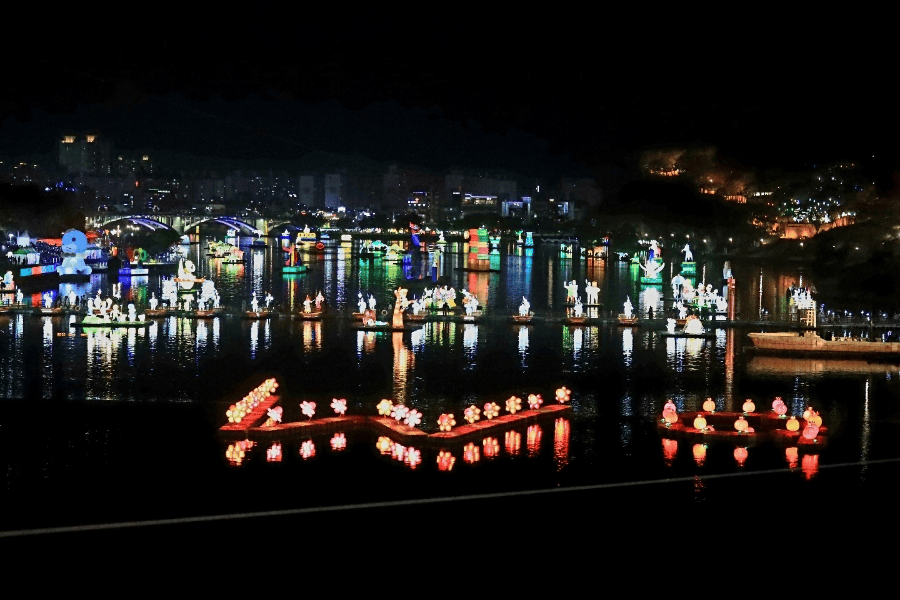

Leave a Reply